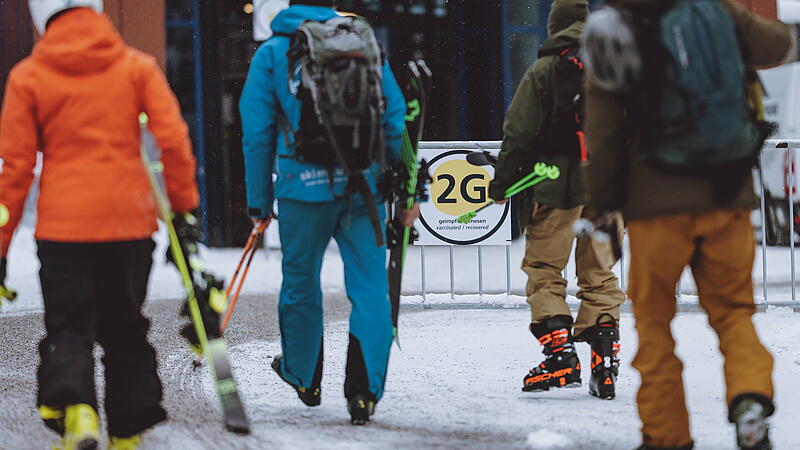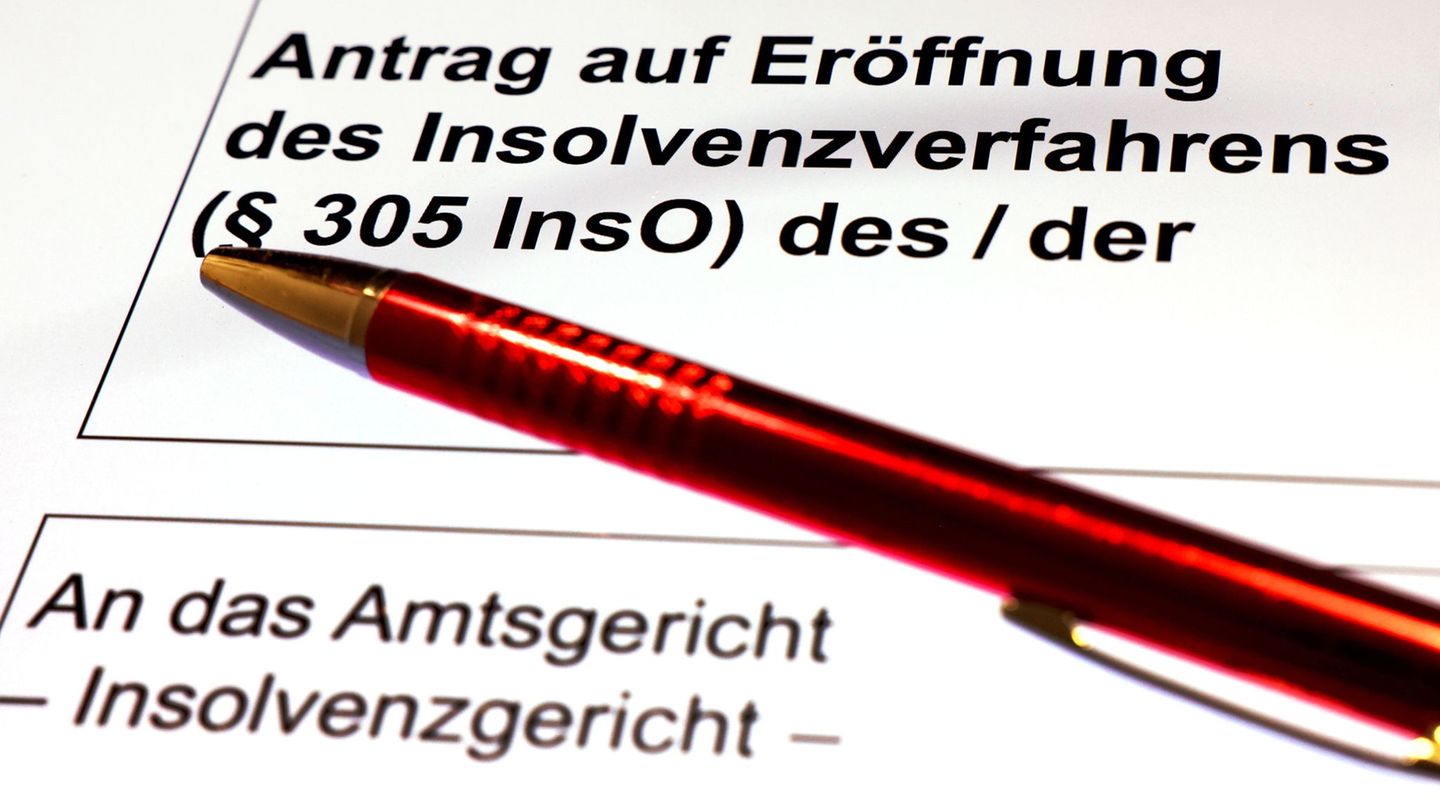This begins again in the shadow of the corona pandemic. After all, the piste operators are allowed to open under the 2G rule and with a limited catering offer, while otherwise almost everything has to be closed. The rush looked a lot different. The vacationers are missing, locals used the day off in partly wintry weather for their first turns.
Snowy start in Upper Austria and Salzburg
In Salzburg and Upper Austria the season started in changeable but snowy weather. At the Schmittenhöhe, expectations were confirmed without the hotel business without hut fun with around 1,600 visitors. In Zauchensee and Obertauern, both open since last weekend, up to 3,000 ski enthusiasts have flocked to the slopes in the past few days. The Annaberg and Hinterstoder-Wurzeralm regions recorded a similarly strong rush on St. Mary’s Day. Only in Saalbach did this develop moderately.
Turracher Höhe
On the Turracher Höhe, which lies on the border between Carinthia and Styria, there was quite a crowd. “We have around 1,500 people in the ski area,” said Harald Rossmann from the local mountain railways when asked by APA. That is a good value for the start of the season – even if you notice, of course, that the ski vacationers are missing. With the 2G controls there are “no problems at all,” said Rossmann: “We have a correspondingly large number of cashiers today that we have no waiting time.”
Bad Kleinkirchheim
Sabine Peternell said that the season had a “very good” start in Bad Kleinkirchheim on Wednesday: “We are satisfied – it may not be the best weather, but that doesn’t detract from skiing fun.” There are hardly any problems with the 2G controls: “We are pleased that many guests have prepared themselves well, so they have already bought ski tickets in the webshop and have also linked the 2G certificate with them.” But there is still room for improvement here: “It would be of great help if people could find out about these possibilities online before the day of skiing.”
Stuhleck mountain railways started
In Styria, for example, the Stuhleck Bergbahnen opened their doors on the public holiday. When asked by APA, managing director Fabrice Girardoni said there was a lively rush: “Also because many season tickets are being redeemed.” The people waiting are spread out in the open, and in general in the industry you have the feeling that people are happy to be outside. When queuing, the winter sports enthusiasts are very disciplined: “We have the impression that people have internalized the control mechanisms such as 2G in the past time.”
Rush on the Planai
There was already a real rush on the Planai last weekend – they responded with a new queuing concept, which already worked well on the holiday, said managing director Georg Bliem in an interview with the APA. “The people who are standing in line are divided into those who have already bought a ticket online and those who have to buy one first. That involves a lot of personnel, but it works.” The rush was unbroken, shortly after 8:00 a.m. on Wednesday people were queuing at minus twelve degrees, in the morning more than 3,500 were on the slopes. According to Bliem, the 2G controls are completely unproblematic: “People come well prepared, pull out the cell phone with the Green Pass right away.” And the FFP2 mask is also used as protection against the cold.
Great understanding of the controls
The understanding of the detailed controls of the safety measures in the gondolas and lifts was consistently great. In particular, the possibility of linking the ski pass online with the personal health certificate was readily accepted everywhere and relieved the logistical burden on the organizers, summarized Helmut Holzinger, CEO of Hinterstoder-Wurzeralm Bergbahnen AG. The real storm on the ski areas on today’s public holiday resulted in a brief server overload of the central control systems for admission tickets and 2G certificates in the morning. Different, partly outdated systems in the various ski areas did not yet work across the board, noted Holzinger.
Concern about the hospitality industry
With a view to the hotel industry, the chairman of the Upper Austria Cable Car Group was concerned. The demand in the huts and restaurants that are open for take-away service was very limited throughout the country, only in Salzburg’s Annaberg restaurants enjoyed brisk consumption. If overnight stays and restaurants remained closed, ski tourism was “doomed to failure from the start,” emphasized Holzinger, pointing to the risk that seasonal workers could migrate to regions that end the lockdown earlier than Upper Austria.
In Vorarlberg, where only a few ski areas are still open, there was no question of a rush. There was also the heaviest snowfall there. “The influx was limited, but it was okay for the weather,” said cable car industry spokesman Andreas Gapp at lunchtime. “I enjoyed it today, I like to ski in the blowing snow. But I’m in the minority there, I’ll admit that.”
On Wednesday, Semmering in Lower Austria was said to be an “appropriate” visit. The ski area was not overcrowded, but there were not unusually few skiers, said a spokesman on APA request. Because the toboggan runs have only just opened, the proportion of tobogganers among the visitors is relatively high. In any case, the start of the season went well. By the end of the week, 90 percent of the slopes on Semmering should be operational.
The state-owned ecoplus Alpin GmbH said that the ski areas in Lower Austria were “normally visited for December 8th” on Wednesday. There were no delays or queues. It is noticeable that many ski tourers were already out and about in the ski areas that are not yet open.
Source: Nachrichten




